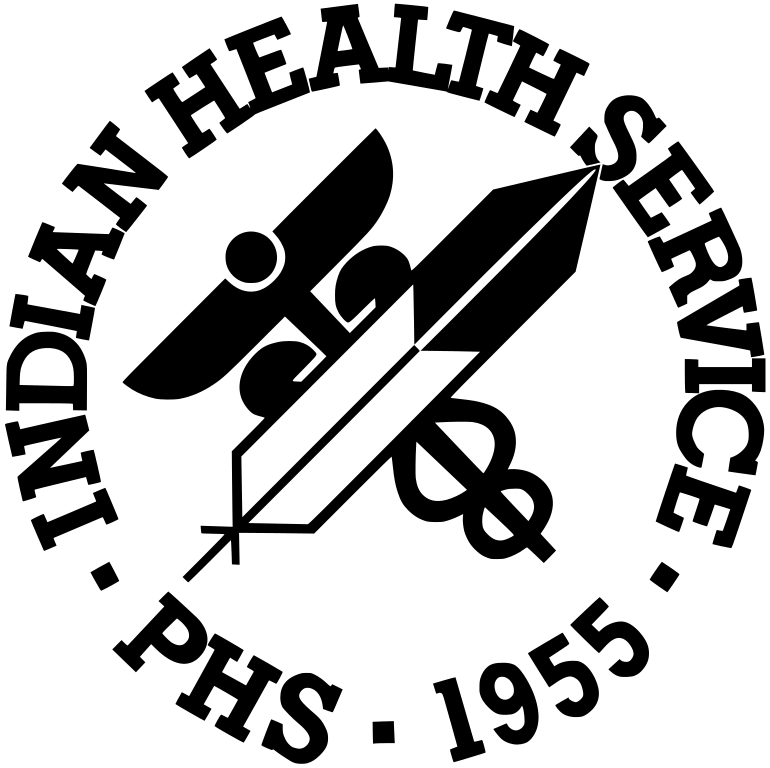Part 3, Chapter 27: Manual Exhibit 3-27-D
Sec.
| 1. Skin Exposure or Contamination of Clothing |
|---|
| 2. Eye Exposure |
| 3. Exposure by Inhalation |
| 4. Reporting of Occupational Exposures |
-
Skin Exposure or Contamination of Clothing.
- Remove contaminated clothing and Personal Protective Equipment (PPE). Contaminated clothing should be disposed as trace or bulk hazardous waste (depending on the level of contamination), or laundered according to facility policy. Contaminated clothing must not be taken home by the employee.
- Wash affected area thoroughly with soap and water.
- Consult the Safety Data Sheets (SDS) for drug specific instructions.
- Report to an employee health professional for medical review. Physicians will perform a medical exam concentrating on the site of contamination and target organs of the hazardous drug(s) in question.
- Report a hazardous drug event using the IHS Safety Tracking and Response (I-STAR) system.
-
Eye Exposure.
- Flush the eye(s) with water for 15 minutes.
- Consult the SDS for drug specific instructions.
- Report to an employee health professional for medical review. Physicians will perform a medical exam concentrating on the site of contamination and target organs of the hazardous drug(s) in question.
- Report the event using IHS-approved reporting system.
-
Exposure by Inhalation.
- Acute symptoms may require emergency intervention.
- Consult the SDS for drug specific instructions.
- Report to an employee health professional for medical review. Providers will perform a medical exam concentrating on the site of contamination and target organs of the hazardous drug(s) in question.
- Report the event using IHS approved reporting system.
- Reporting of Occupational Exposures.
Incidents or spills involving hazardous drugs must be reported to the appropriate supervisor and within the approved IHS incident reporting system I-STAR.


